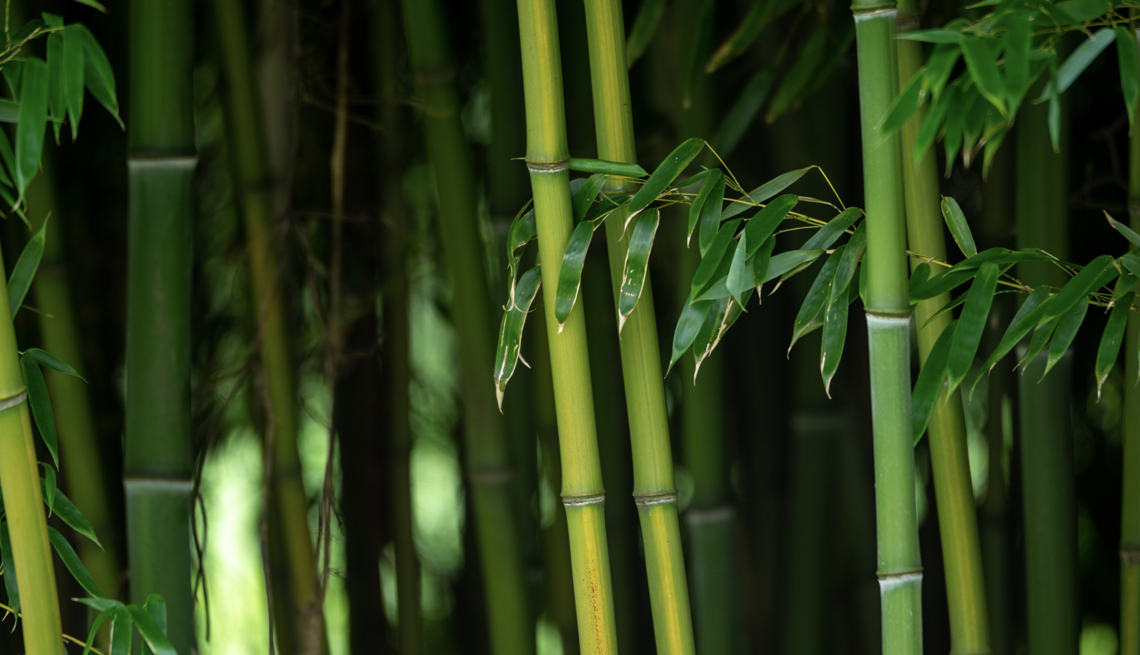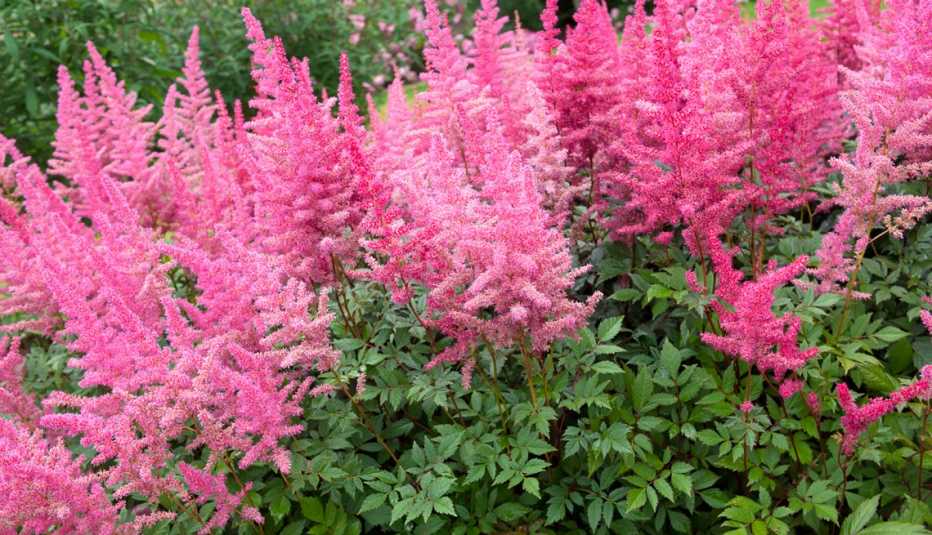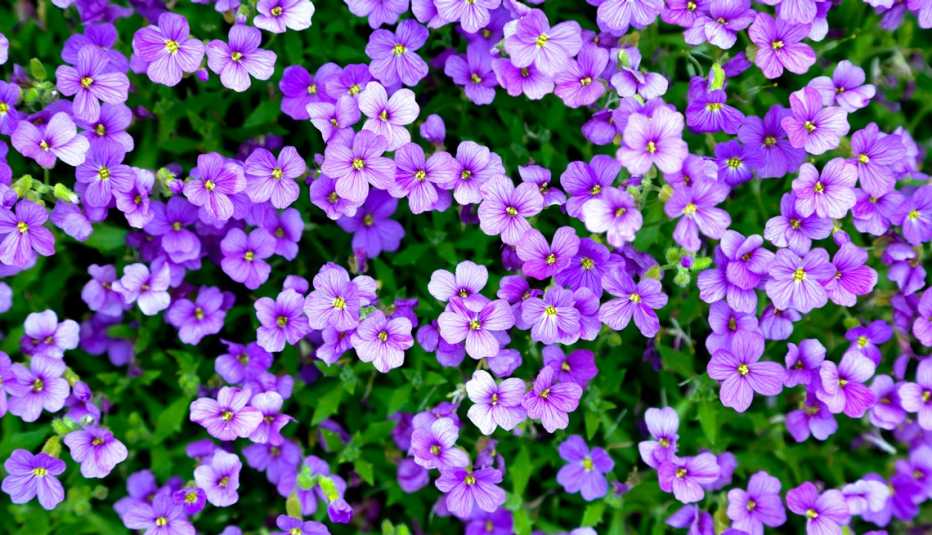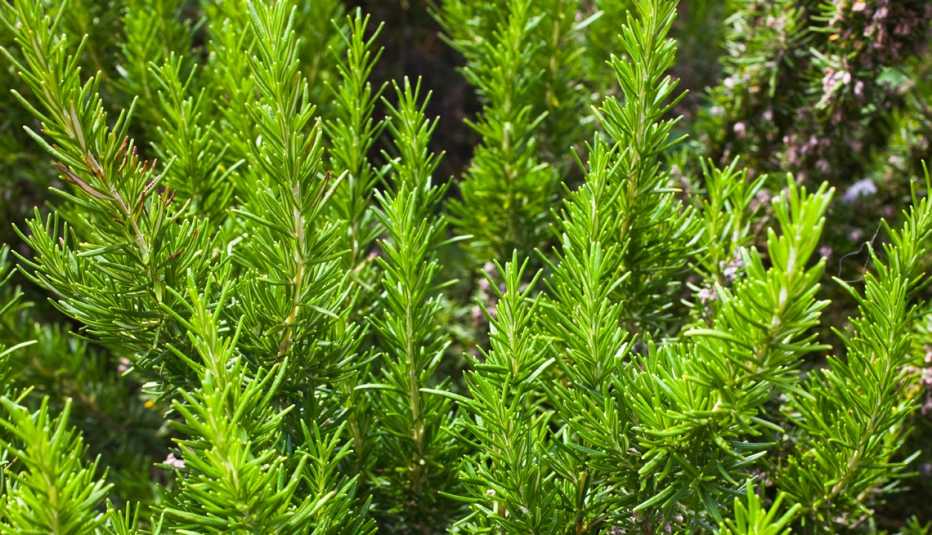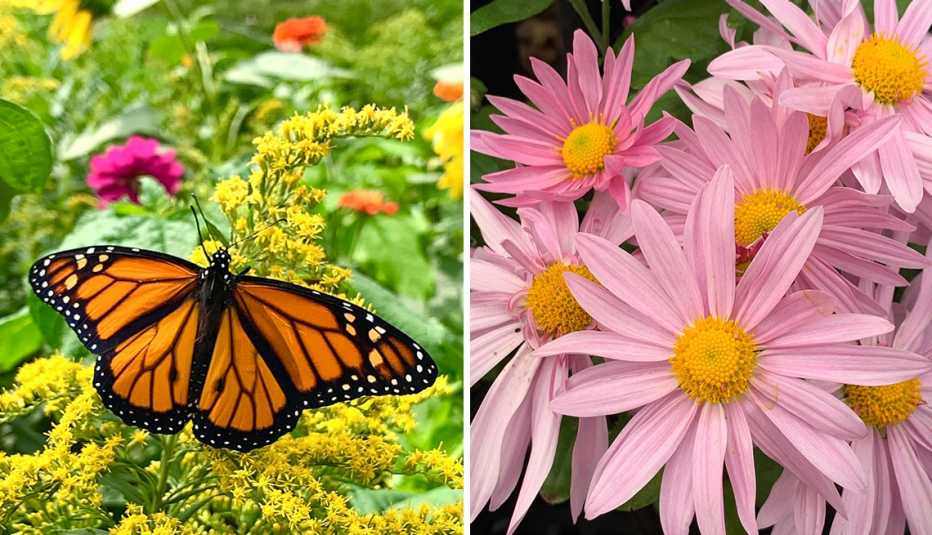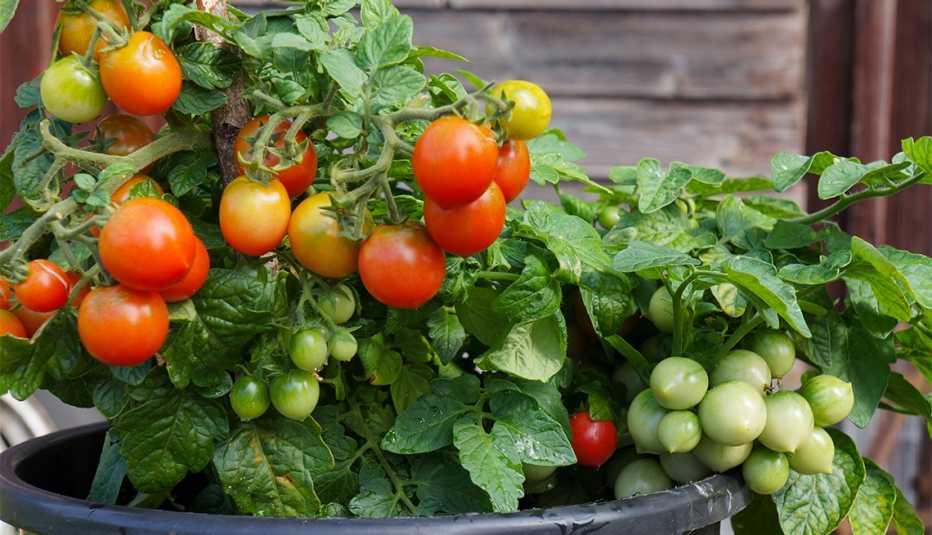Staying Fit
Rebecca Finneran is a garden expert, and even she was seduced by the rose campion.
Finneran, a senior horticulture educator with the Michigan State University Extension, planted the perennial, known for its gray foliage and magenta blooms, in her home garden. But it had a mind of its own.


AARP Membership— $12 for your first year when you sign up for Automatic Renewal
Get instant access to members-only products and hundreds of discounts, a free second membership, and a subscription to AARP the Magazine.
“I loved that plant. And I suddenly realized that it was coming up down the hill in the woods from my garden,” she says. “And I would faithfully go down there and dig it up and bring it back. And then I looked out one day and, holy mackerel, there’s hundreds of them.”
While the rose campion isn’t technically classified as invasive in Michigan, it’s a plant that can quickly spread, popping up in unwanted places or pushing out other native species. It’s a reminder to gardeners to be responsible for what they plant, Finneran says. That means, for example, avoiding true invasives, monitoring energetic spreaders or non-disease-resistant varieties, and managing plants that can be water hogs or fire risks.
“I think gardeners need to better observe what their plants do,” she says.
So while it might be love at first sight at the garden center, research whatever you plant to make sure you aren’t introducing a problem like one of the varieties of bamboo that have proven to be invasive in the United States. One of Finneran’s most important garden tools is her phone, which she uses to research cultivars before she buys them to see if they are plants not to plant. What should you be on the lookout for? Here are four categories to help you know:

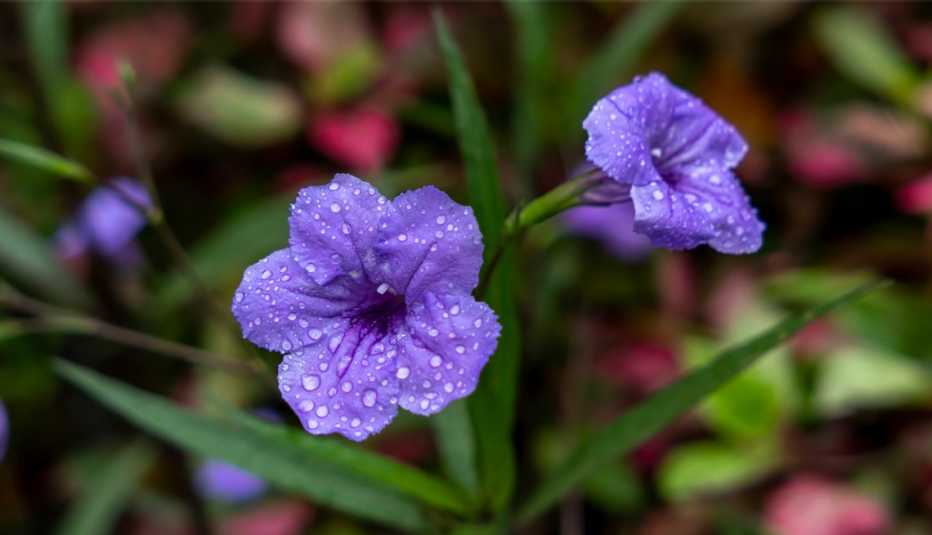
1. Invasives
For homeowners, super-spreaders like rose campion can be a pain, but invasives are a whole other level of headache. When plants like bush honeysuckle or Mexican petunia escape your garden and intrude on the natural landscape, they displace native species, threaten the ecosystem, affect fire patterns and even change the biochemistry of the soil, says Deah Lieurance, a member of the faculty at the University of Florida and chair of the Florida Invasive Species Council. Florida spends $45 million a year trying to clear conservation areas of invasive species, most of which have been introduced through horticulture, Lieurance says.
How do you know if a plant is invasive? County extension agents and master gardener programs have information, and many states have invasive plant councils that assess risks, says Lieurance. Some states, like Massachusetts, maintain a list of banned plants.



























































